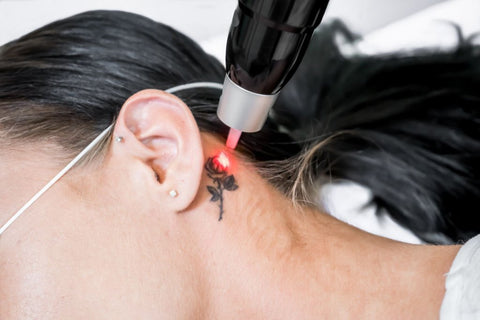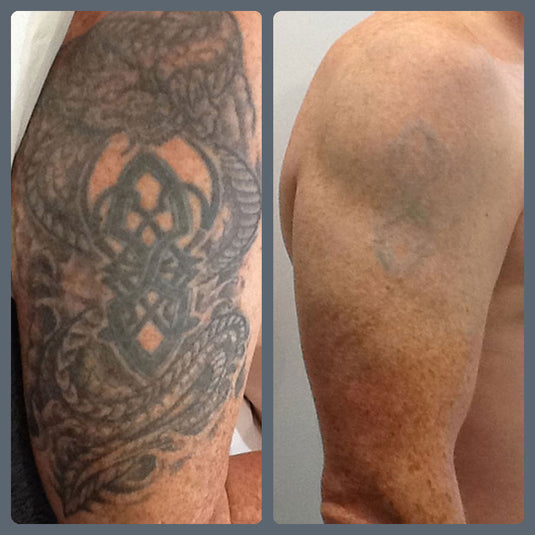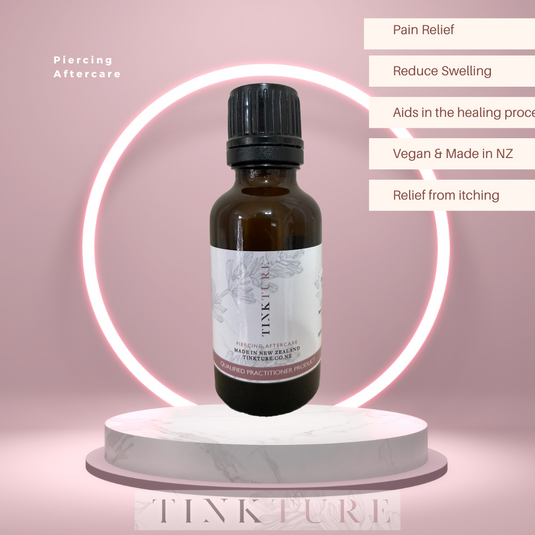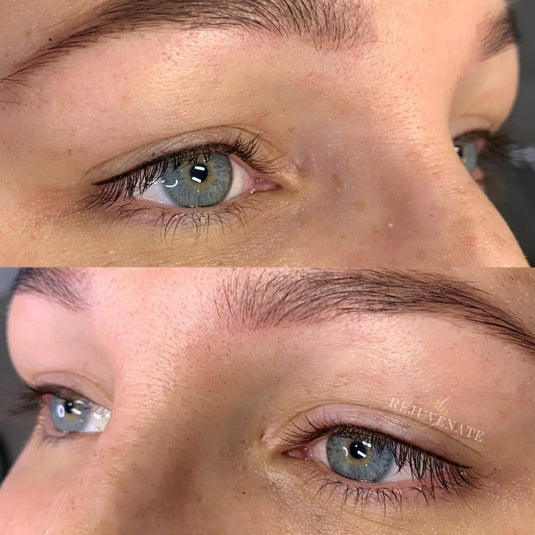
Tattoo Removal: Methods and Options
Tattoo Removal: Methods and Options

Tattoos are a popular form of body art, but sometimes we may regret getting them later in life. Whether it's due to a change in personal taste or a desire to remove a tattoo for professional reasons, tattoo removal is becoming increasingly common. However, the process of removing a tattoo can be challenging and painful, which is why it's essential to understand the various methods and options available. In this article, we'll explore the different methods of tattoo removal, their effectiveness, and what to expect during the process.
Methods of Tattoo Removal

-
Laser Removal - This is the most common method of tattoo removal. It works by using a laser that breaks down the ink particles in the skin. The laser targets the pigment in the tattoo and breaks it down into small particles, which the body then removes through its natural processes. Several sessions are required for complete removal, depending on the size, color, and location of the tattoo.
-
Intense Pulsed Light (IPL) - This method uses a broad-spectrum light that heats the skin and breaks down the ink particles. IPL is less effective than laser removal and may require more sessions for complete removal.
-
Surgical Excision - This method involves removing the tattoo by cutting it out of the skin. This method is only suitable for small tattoos and may leave a scar.
-
Dermabrasion - This method involves removing the tattoo by sanding off the top layers of skin. This method can be painful and may require several sessions for complete removal.
Options for Tattoo Removal
-
Full Removal - Complete removal of a tattoo is possible, but it can be a long and painful process. The size, color, and location of the tattoo can also impact the effectiveness of removal.
-
Partial Removal - Partial removal is possible but may leave scarring or discoloration.
-
Cover-Up - Covering up the tattoo with another tattoo or makeup is a viable option for those who don't want to go through the process of complete or partial removal.
Frequently Asked Questions
Can a tattoo be completely removed?
Yes, a tattoo can be completely removed with the help of laser removal. However, complete removal may take several sessions and may not always be possible, depending on the size, color, and location of the tattoo.
Is it painful to remove a tattoo?
The process of removing a tattoo can be painful, but the level of pain varies depending on the method used, the size, and location of the tattoo, as well as individual pain tolerance. Laser removal is considered the least painful method of tattoo removal.
Does tattoo removal remove 100% of the tattoo?
Tattoo removal can remove 100% of the tattoo, but it may take several sessions and may not always be possible, depending on the size, color, and location of the tattoo.
How long does it really take to remove a tattoo?
The length of time it takes to remove a tattoo depends on several factors, including the size, color, and location of the tattoo. Laser removal usually requires several sessions, with each session spaced several weeks apart. The complete process can take several months to a year or more.
Aftercare
Aftercare following tattoo removal is crucial to ensure proper healing and minimize the risk of complications. It is important to follow the aftercare instructions provided by the dermatologist or tattoo removal specialist. These may include keeping the area clean and dry, avoiding direct sunlight and excessive sweating, and applying prescribed ointments or creams. It is also recommended to avoid picking at any scabs or blisters that may form. Proper aftercare can help promote faster healing and reduce the risk of scarring or infection.
Conclusion
Tattoo removal is a process that requires careful consideration and research. With the right method and options, complete or partial removal is possible. Laser removal is the most effective and least painful method of tattoo removal. Remember to consider the size, color, and location of the tattoo, and always consult a professional before starting the tattoo removal process.








